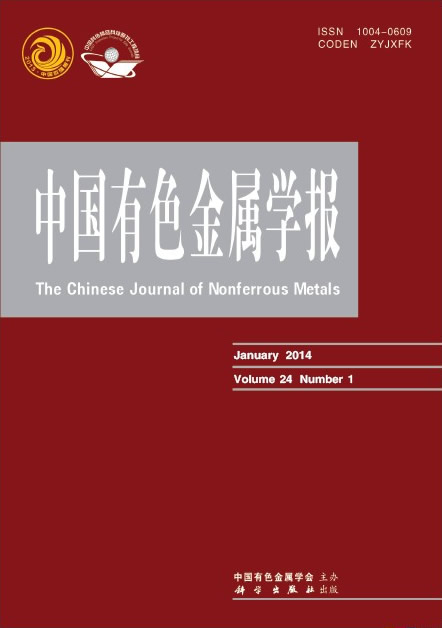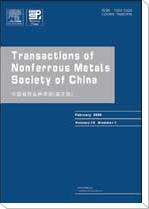中国有色金属学报(英文版)
Transactions of Nonferrous Metals Society of China
| Vol. 35 No. 9 September 2025 |
(1. “The Belt and Road Initiative” Advanced Materials International Joint Research Center of Hebei Province, School of Materials Science and Engineering, Hebei University of Technology, Tianjin 300401, China;
2. School of Science, RMIT University, Melbourne VIC 3001, Australia;
3. State Key Laboratory of Advanced Processing and Recycling of Nonferrous Metals, Lanzhou University of Technology, Lanzhou 730050, China)
Abstract:Ga2O3 is considered a potential anode material for next-generation lithium-ion batteries due to its high theoretical capacity and unique self-healing capability. To develop a novel preparation method and in-depth understanding of the electrochemical reaction mechanism of Ga2O3, a brand-new liquid-liquid dealloying strategy was exploited to construct porous α-Ga2O3 nanowire networks. Profiting from the well-designed porous structure, the material exhibits impressive cycling stability of a reversible capacity of 603.9 mA·h/g after 200 cycles at 1000 mA/g and a capacity retention of 125.2 mA·h/g after 100 cycles at 0.5C when assembling to Ga2O3//LiFePO4 full cells. The lithiation/delithiation reaction mechanism of the porous Ga2O3 anodes is further revealed by ex-situ Raman, XRD, TEM measurements, and density functional theoretical (DFT) calculations, which establishes a correlation between the electrochemical performance and the phase transition from α-Ga2O3 to β-Ga2O3 during cycling.
Key words: liquid metal dealloying; porous nanowires; Ga2O3; Li-ion battery; anode


